Grow Peppers at Home – imagine plucking vibrant, sun-ripened peppers straight from your own garden! Forget those bland, overpriced peppers at the grocery store. I’m here to show you how incredibly easy and rewarding it is to cultivate your own pepper paradise, even if you have limited space or a self-proclaimed “black thumb.”
For centuries, peppers have been cherished across cultures, not just for their fiery flavors but also for their nutritional benefits. From the ancient Aztecs using them in rituals to the vibrant pepper markets of modern-day India, these fruits have a rich and fascinating history. But you don’t need to be an expert gardener or have generations of farming experience to enjoy the taste of homegrown peppers.
In today’s world, where we’re increasingly conscious of where our food comes from, knowing how to grow peppers at home offers a sense of control and connection to nature. Plus, let’s be honest, who wouldn’t want to impress their friends and family with a delicious homemade salsa featuring peppers they grew themselves? This DIY guide is packed with simple, effective tricks and hacks that will transform your backyard, balcony, or even windowsill into a thriving pepper patch. Get ready to unleash your inner gardener and enjoy the satisfaction of harvesting your own delicious peppers!
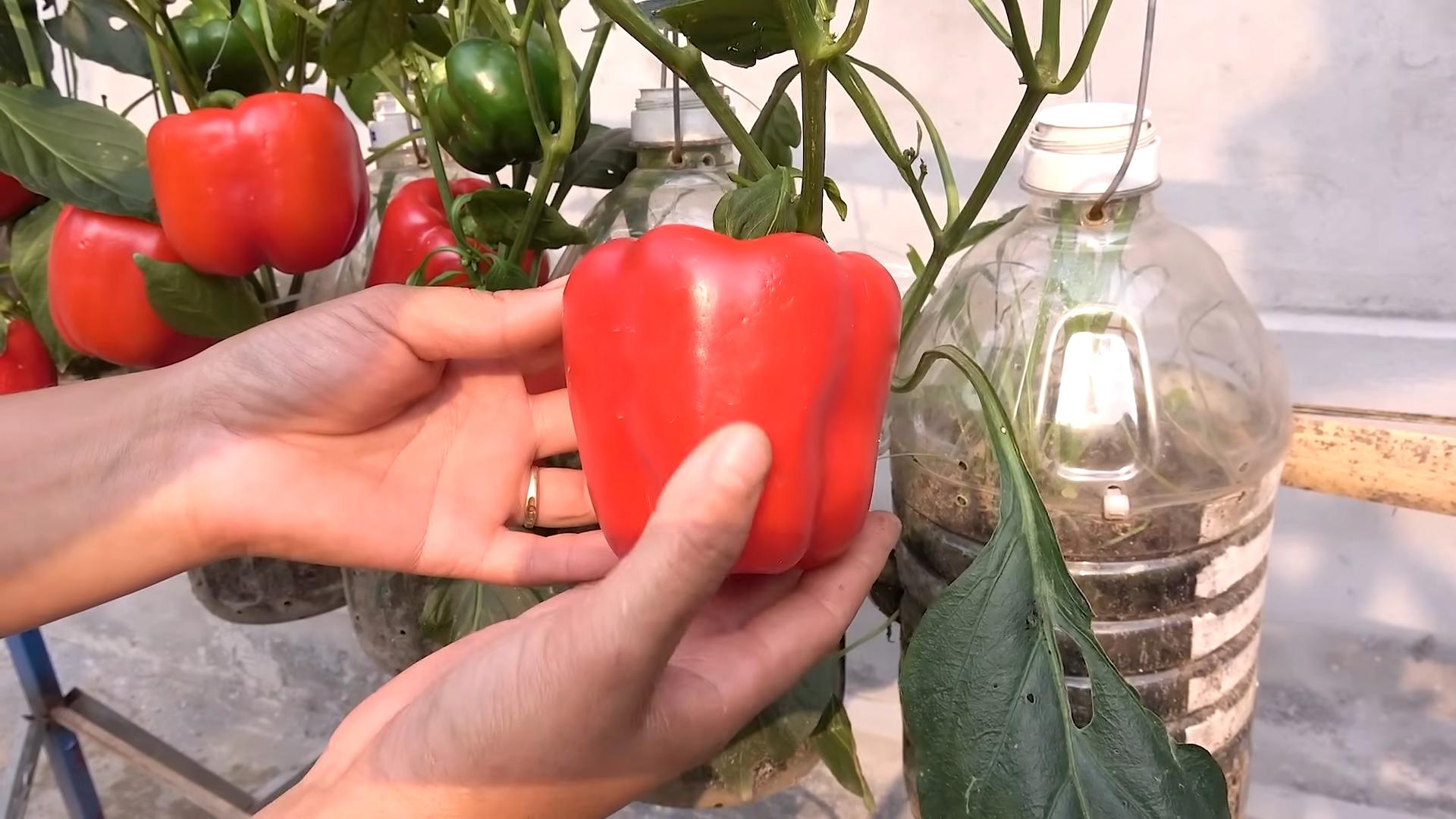
Growing Peppers at Home: From Seed to Salsa!
Hey there, fellow gardening enthusiasts! I’m so excited to share my tried-and-true method for growing peppers at home. Whether you’re dreaming of fiery habaneros or sweet bell peppers, this guide will walk you through every step, from starting seeds indoors to harvesting your delicious bounty. Let’s get our hands dirty!
Choosing Your Pepper Varieties
Before we dive into the nitty-gritty, let’s talk peppers! The world of peppers is vast and exciting. Consider these factors when choosing your varieties:
* Heat Level: This is measured using the Scoville scale. Bell peppers have a Scoville Heat Unit (SHU) of 0, while ghost peppers can reach over 1 million SHU! Choose peppers that match your spice tolerance.
* Size and Shape: Peppers come in all shapes and sizes, from tiny Thai chilies to large bell peppers. Think about how you plan to use them.
* Color: Peppers ripen in a rainbow of colors, including green, red, yellow, orange, purple, and even brown.
* Growing Conditions: Some peppers thrive in hot, dry climates, while others prefer cooler, more humid conditions. Make sure to choose varieties that are well-suited to your local climate.
Some popular and easy-to-grow pepper varieties include:
* Bell Peppers (various colors)
* Jalapeños
* Serranos
* Cayenne Peppers
* Anaheim Peppers
* Poblano Peppers
Starting Seeds Indoors (Recommended)
Starting your pepper seeds indoors gives them a head start, especially if you live in a region with a short growing season. I highly recommend this method!
Materials You’ll Need:
* Pepper seeds
* Seed starting trays or small pots
* Seed starting mix (a light, sterile mix is crucial)
* Heat mat (optional, but highly recommended)
* Grow lights (essential for strong seedlings)
* Spray bottle
* Watering can
Step-by-Step Instructions:
1. Prepare Your Seed Starting Trays: Fill your seed starting trays or small pots with seed starting mix. Gently tamp down the soil to remove air pockets.
2. Sow the Seeds: Plant 2-3 seeds per cell or pot, about ¼ inch deep.
3. Water Gently: Use a spray bottle to moisten the soil. Avoid overwatering, which can lead to damping off (a fungal disease that kills seedlings).
4. Provide Warmth: Place the trays on a heat mat. Peppers need warm soil (75-85°F) to germinate.
5. Cover with a Dome (Optional): Covering the trays with a humidity dome will help retain moisture. Remove the dome once the seeds germinate.
6. Provide Light: Once the seeds germinate, remove them from the heat mat and place them under grow lights. Position the lights a few inches above the seedlings and keep them on for 14-16 hours per day.
7. Water Regularly: Keep the soil consistently moist, but not soggy. Water when the top inch of soil feels dry.
8. Thin Seedlings: Once the seedlings have their first true leaves (the second set of leaves), thin them to one seedling per cell or pot. Choose the strongest seedling and snip off the others at the soil line.
9. Fertilize (Optional): After a few weeks, you can start fertilizing the seedlings with a diluted liquid fertilizer. Follow the instructions on the fertilizer label.
Transplanting Seedlings Outdoors
This is a crucial step! You need to harden off your seedlings before transplanting them outdoors.
Hardening Off:
Hardening off is the process of gradually acclimating your seedlings to outdoor conditions. This prevents transplant shock.
1. Start Slowly: Begin by placing the seedlings outdoors in a sheltered location for 1-2 hours per day.
2. Increase Exposure: Gradually increase the amount of time the seedlings spend outdoors each day, exposing them to more sunlight and wind.
3. Monitor the Weather: Avoid exposing the seedlings to frost, strong winds, or heavy rain.
4. After a Week or Two: After a week or two of hardening off, the seedlings should be ready to be transplanted outdoors.
Transplanting:
1. Choose a Sunny Location: Peppers need at least 6-8 hours of sunlight per day.
2. Prepare the Soil: Amend the soil with compost or other organic matter. Peppers prefer well-drained soil.
3. Dig Holes: Dig holes that are slightly larger than the root balls of the seedlings. Space the holes 18-24 inches apart, depending on the variety.
4. Gently Remove Seedlings: Carefully remove the seedlings from their trays or pots. Gently loosen the roots if they are tightly bound.
5. Plant the Seedlings: Place the seedlings in the holes and backfill with soil. Make sure the top of the root ball is level with the surrounding soil.
6. Water Thoroughly: Water the seedlings thoroughly after planting.
7. Mulch (Optional): Mulching around the plants will help retain moisture, suppress weeds, and regulate soil temperature.
Caring for Your Pepper Plants
Now that your pepper plants are in the ground, it’s time to provide them with the care they need to thrive.
Watering:
* Water deeply and regularly, especially during hot, dry weather.
* Avoid overwatering, which can lead to root rot.
* Water at the base of the plants to avoid wetting the foliage, which can promote disease.
Fertilizing:
* Fertilize your pepper plants every 2-3 weeks with a balanced fertilizer.
* Avoid over-fertilizing, which can lead to excessive foliage growth and fewer peppers.
* Consider using a fertilizer that is specifically formulated for peppers and tomatoes.
Pruning:
* Pruning is not essential for pepper plants, but it can help improve air circulation and sunlight penetration.
* Remove any suckers (small shoots that grow from the base of the plant) to encourage more pepper production.
* You can also prune away any yellowing or diseased leaves.
Support:
* Taller pepper varieties may need support to prevent them from falling over.
* Use stakes, cages, or trellises to support the plants.
Pest and Disease Control:
* Keep an eye out for pests such as aphids, whiteflies, and spider mites.
* Use insecticidal soap or neem oil to control these pests.
* Prevent fungal diseases by providing good air circulation and avoiding overwatering.
* Remove any diseased leaves or plants immediately.
Harvesting Your Peppers
The moment we’ve all been waiting for!
* Timing is Key: Peppers are typically ready to harvest when they have reached their mature size and color.
* Use Pruning Shears: Use pruning shears or a sharp knife to cut the peppers from the plant.
* Handle with Care: Handle the peppers gently to avoid bruising them.
* Enjoy Your Harvest: Use your peppers in your favorite recipes, or preserve them by pickling, drying, or freezing.
Troubleshooting Common Pepper Problems
Even with the best care, you might encounter some problems along the way. Here are a few common issues and how to address them:
* Blossom End Rot: This is caused by a calcium deficiency. Ensure consistent watering and consider adding calcium to the soil.
* Sunscald: This occurs when peppers are exposed to too much direct sunlight. Provide shade during the hottest part of the day.
* Aphids: These tiny pests can suck the sap from your plants. Spray them with insecticidal soap.
* Pepper Weevils: These pests can damage the peppers. Use traps or insecticides to control them.
Extra Tips for Pepper Growing Success
Here are a few extra tips to help you grow the best peppers possible:
* Rotate Your Crops: Avoid planting peppers in the same location year after year to prevent soilborne diseases.
* Companion Planting: Plant peppers with basil, carrots, or onions to deter pests and improve growth.
* Save Seeds: Save seeds from your favorite pepper varieties to grow them again next year.
* Have Fun! Gardening should be enjoyable. Don’t be afraid to experiment and learn from your mistakes.
I hope this guide has inspired you to grow your own peppers at home. With a little bit of effort, you can enjoy a bountiful harvest of delicious, homegrown peppers. Happy gardening!
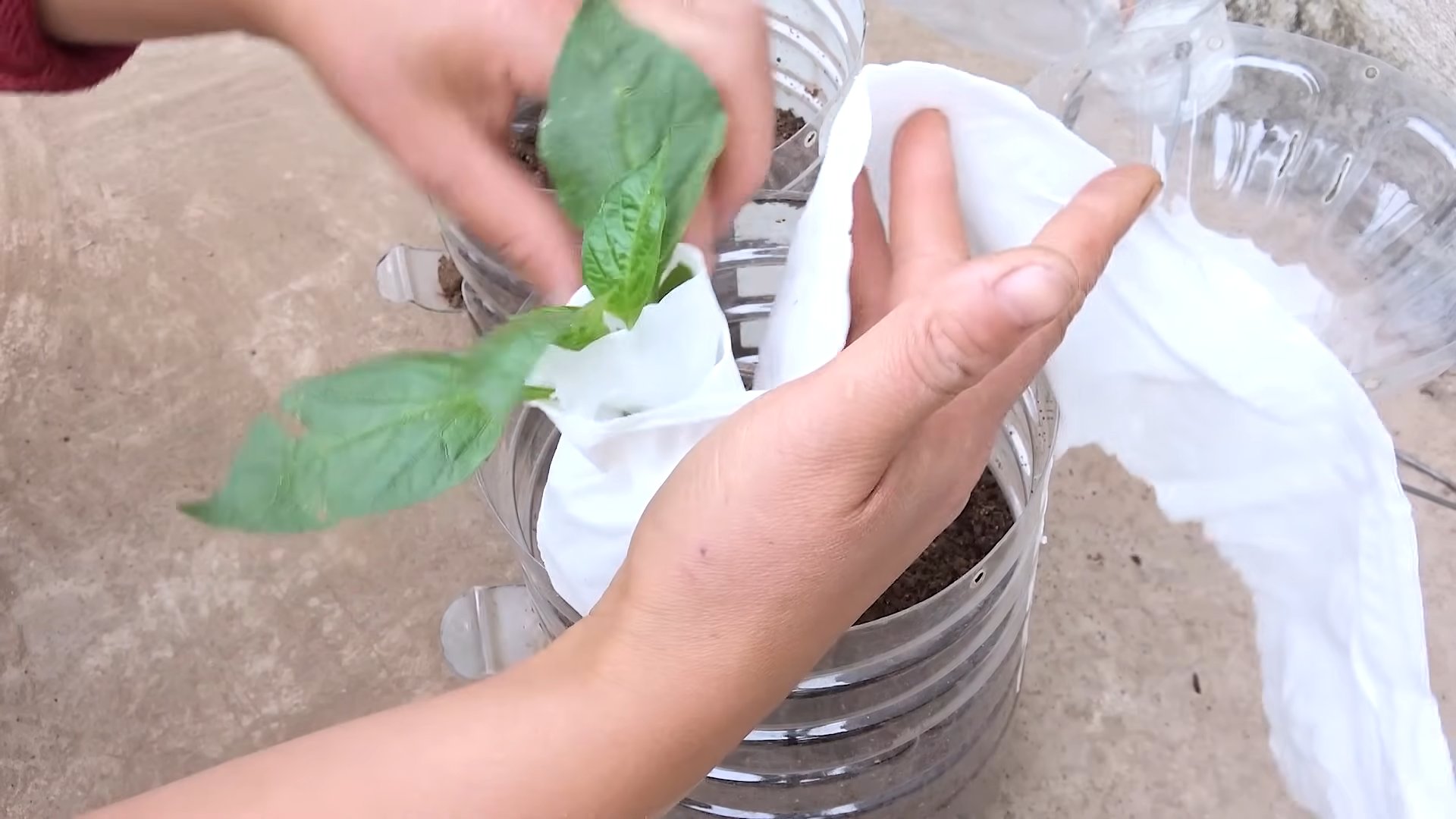
Conclusion
So, there you have it! Growing peppers at home, from seed to salsa, is not just a rewarding experience; it’s a gateway to fresher, tastier, and often more affordable produce. Forget those bland, store-bought peppers that lack the vibrant flavor and satisfying crunch of homegrown varieties. This DIY approach empowers you to cultivate a diverse range of peppers, tailored precisely to your culinary preferences and heat tolerance.
Why is this a must-try? Because it puts you in control. You dictate the growing conditions, ensuring your peppers are free from unwanted chemicals and pesticides. You choose the varieties, from the mildest bell peppers to the fiery habaneros, creating a personalized pepper patch that caters to your specific tastes. And, perhaps most importantly, you experience the sheer joy of nurturing a plant from a tiny seed to a bountiful harvest.
Consider these variations to further personalize your pepper-growing journey. Experiment with different soil mixes to optimize drainage and nutrient availability. Try companion planting, pairing your peppers with herbs like basil or marigolds to deter pests and enhance growth. Explore different container sizes and materials to find what works best for your space and climate. For those with limited space, consider growing peppers in hanging baskets or vertical gardens. You can even try overwintering your pepper plants indoors to enjoy a continuous harvest for years to come.
Don’t be intimidated by the prospect of growing peppers at home. With a little patience, attention, and the guidance provided in this article, you’ll be well on your way to enjoying a pepper harvest that rivals anything you can find in the grocery store. The satisfaction of biting into a pepper you’ve grown yourself is truly unparalleled.
We wholeheartedly encourage you to give this DIY trick a try. Start small, perhaps with a few different varieties, and gradually expand your pepper patch as you gain experience. The possibilities are endless, and the rewards are immeasurable.
Once you’ve embarked on your pepper-growing adventure, we’d love to hear about your experiences! Share your successes, your challenges, and your favorite pepper varieties in the comments below. Let’s create a community of home pepper growers, sharing tips and inspiring each other to cultivate the most delicious and vibrant peppers imaginable. Your insights could be invaluable to other aspiring gardeners. So, get your hands dirty, embrace the process, and prepare to be amazed by the bounty of your own backyard. Happy growing!
Frequently Asked Questions (FAQ)
What is the best time of year to start growing peppers from seed?
The ideal time to start growing peppers from seed depends on your climate and the length of your growing season. In general, you should aim to start your seeds indoors 6-8 weeks before the last expected frost. This allows the seedlings to develop a strong root system before being transplanted outdoors. If you live in a warmer climate with a longer growing season, you can start your seeds later in the spring. Consult your local gardening resources or extension office for specific recommendations for your region. Starting too early can lead to leggy, weak seedlings, while starting too late may result in a delayed harvest.
What kind of soil is best for growing peppers?
Peppers thrive in well-draining, fertile soil that is rich in organic matter. A slightly acidic to neutral pH (around 6.0-7.0) is ideal. You can amend your garden soil with compost, aged manure, or other organic materials to improve its drainage, fertility, and water-holding capacity. If you are growing peppers in containers, use a high-quality potting mix that is specifically formulated for vegetables. Avoid using garden soil in containers, as it can become compacted and poorly drained. Consider adding perlite or vermiculite to your potting mix to further improve drainage.
How much sunlight do peppers need?
Peppers are sun-loving plants and require at least 6-8 hours of direct sunlight per day to thrive. Choose a location in your garden that receives full sun throughout the day. If you are growing peppers indoors, place them near a sunny window or use grow lights to supplement natural light. Insufficient sunlight can lead to stunted growth, reduced fruit production, and pale, weak plants. Rotate your pepper plants regularly to ensure that all sides receive adequate sunlight.
How often should I water my pepper plants?
The watering frequency for pepper plants depends on several factors, including the weather, soil type, and container size. In general, you should water your pepper plants deeply whenever the top inch of soil feels dry to the touch. Avoid overwatering, as this can lead to root rot and other fungal diseases. Water early in the morning to allow the foliage to dry before nightfall. During hot, dry weather, you may need to water your pepper plants more frequently. Mulching around your pepper plants can help to retain moisture in the soil and reduce the need for frequent watering.
What are some common pests and diseases that affect pepper plants, and how can I prevent them?
Pepper plants are susceptible to a variety of pests and diseases, including aphids, spider mites, whiteflies, blossom-end rot, and fungal diseases. To prevent these problems, practice good garden hygiene, such as removing weeds and debris from around your plants. Inspect your pepper plants regularly for signs of pests or diseases, and take action promptly if you notice any problems. Use organic pest control methods, such as insecticidal soap or neem oil, to control pests. Ensure proper watering and fertilization to prevent blossom-end rot, which is caused by calcium deficiency. Provide good air circulation around your pepper plants to prevent fungal diseases. Consider using disease-resistant pepper varieties to minimize the risk of disease problems.
How do I know when my peppers are ripe and ready to harvest?
The ripeness of peppers depends on the variety and your personal preference. In general, peppers are considered ripe when they have reached their mature color and size. Bell peppers, for example, are typically harvested when they are fully colored (green, red, yellow, or orange) and firm to the touch. Hot peppers, such as jalapenos and habaneros, are often harvested when they are fully colored and slightly soft. You can also harvest peppers at an earlier stage if you prefer a milder flavor. Use a sharp knife or pruning shears to cut the peppers from the plant, leaving a small stem attached.
Can I grow peppers in containers?
Yes, peppers can be successfully grown in containers. Choose a container that is at least 12 inches in diameter and has drainage holes. Use a high-quality potting mix that is specifically formulated for vegetables. Provide your container-grown peppers with plenty of sunlight, water, and fertilizer. Container-grown peppers may require more frequent watering and fertilization than peppers grown in the ground. Consider using a self-watering container to simplify watering.
What kind of fertilizer should I use for my pepper plants?
Peppers benefit from regular fertilization throughout the growing season. Use a balanced fertilizer with equal amounts of nitrogen, phosphorus, and potassium (e.g., 10-10-10) when planting. After the plants begin to flower, switch to a fertilizer that is higher in phosphorus and potassium to promote fruit production (e.g., 5-10-10). You can also supplement with organic fertilizers, such as compost tea or fish emulsion. Avoid over-fertilizing, as this can lead to excessive foliage growth and reduced fruit production.
How can I encourage my pepper plants to produce more fruit?
To encourage your pepper plants to produce more fruit, ensure that they are receiving adequate sunlight, water, and fertilizer. Prune your pepper plants to remove any dead or diseased branches, and pinch off any suckers that grow from the base of the plant. Consider using a blossom set spray to improve fruit set, especially during hot weather. Hand-pollinate your pepper plants by gently shaking the flowers or using a small brush to transfer pollen from one flower to another.
Can I save seeds from my homegrown peppers to plant next year?
Yes, you can save seeds from your homegrown peppers to plant next year. However, keep in mind that peppers can cross-pollinate, so the seeds may not produce plants that are true to type. To ensure that you are saving seeds from a specific variety, isolate your pepper plants from other varieties. Allow the peppers to fully ripen on the plant before harvesting the seeds. Remove the seeds from the pepper and dry them thoroughly before storing them in an airtight container in a cool, dark place.

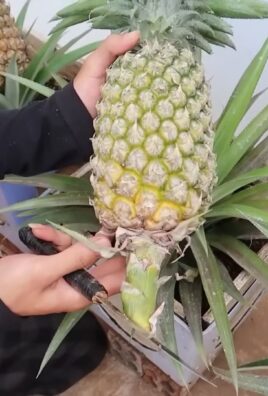
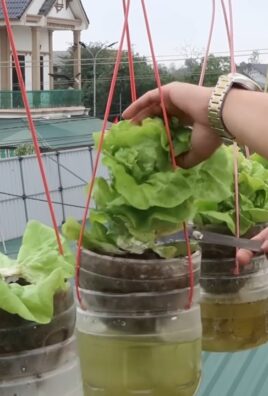
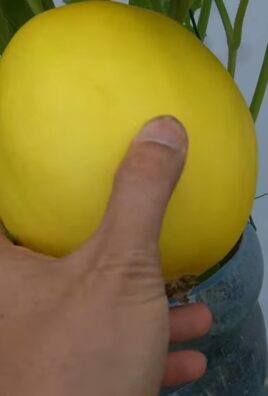
Leave a Comment